


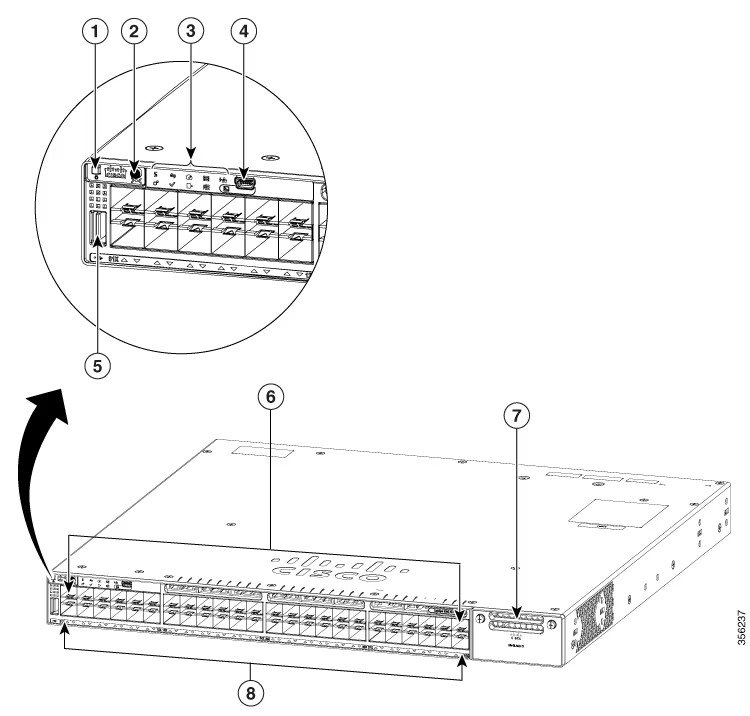

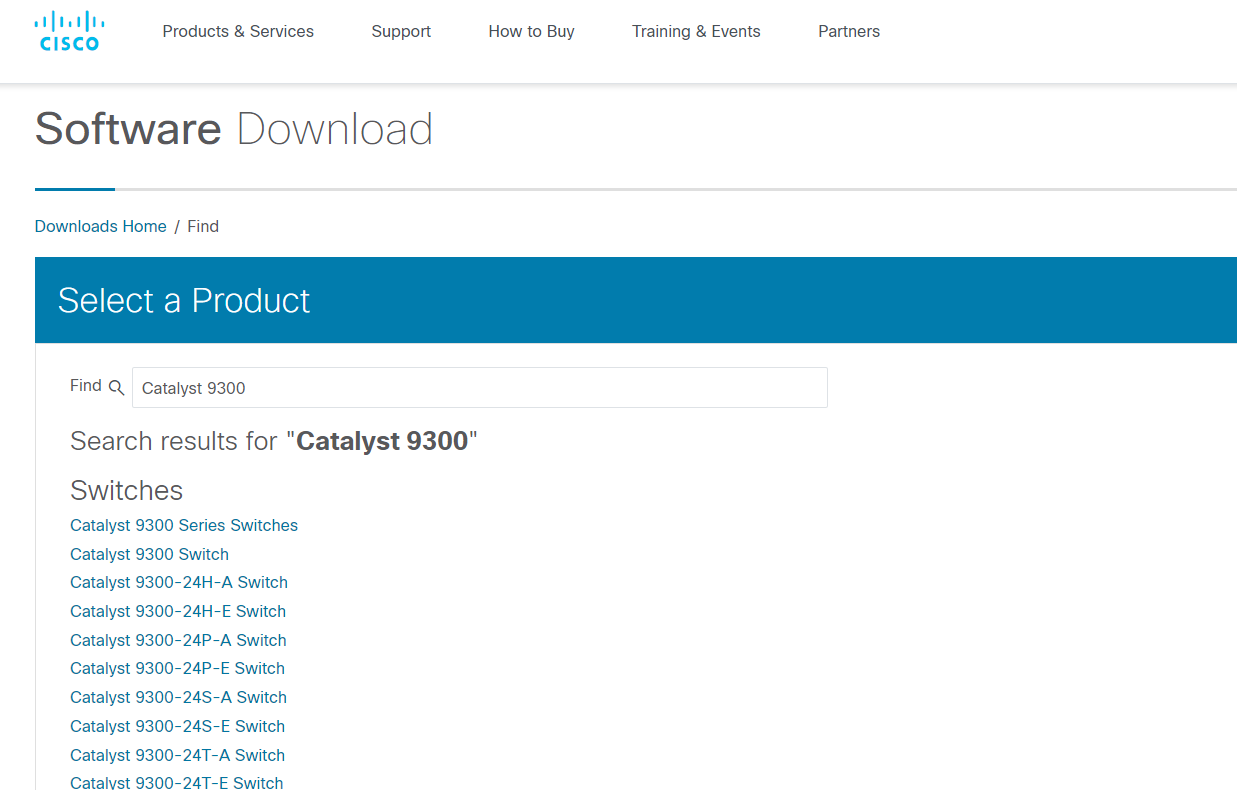
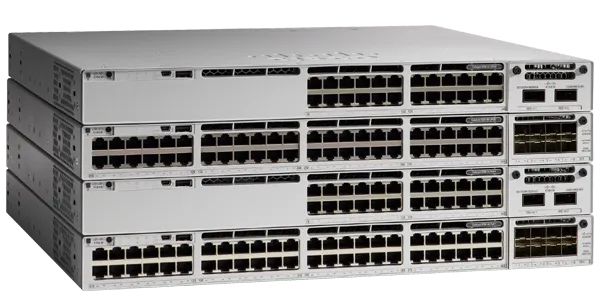

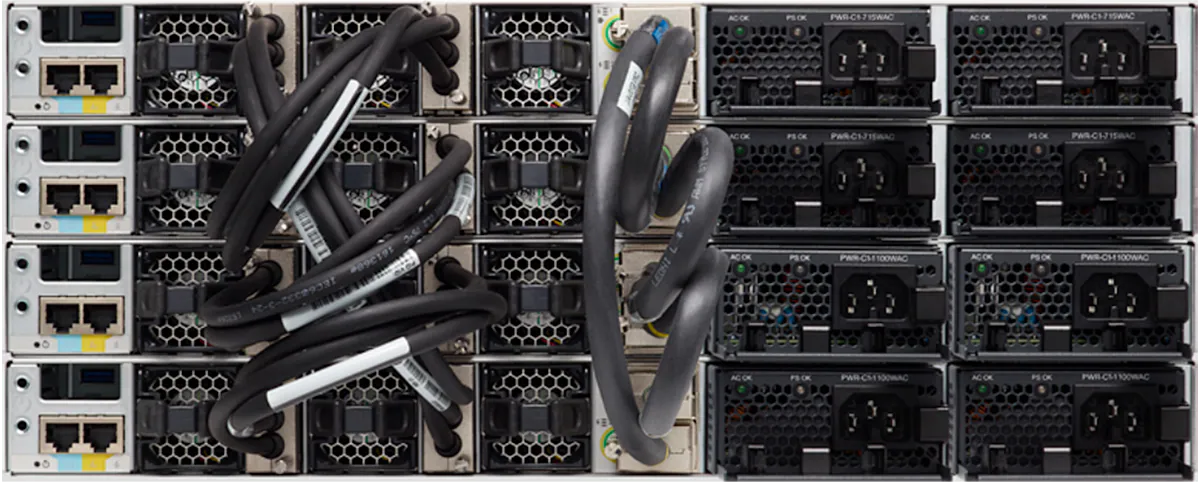
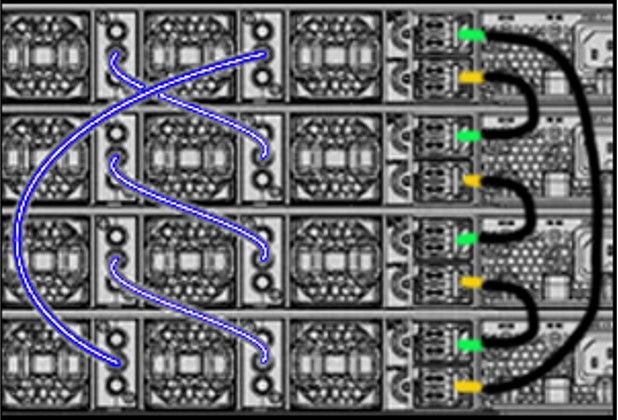

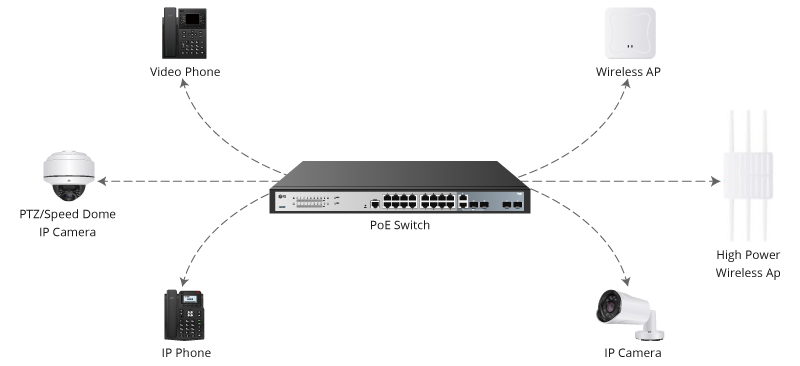

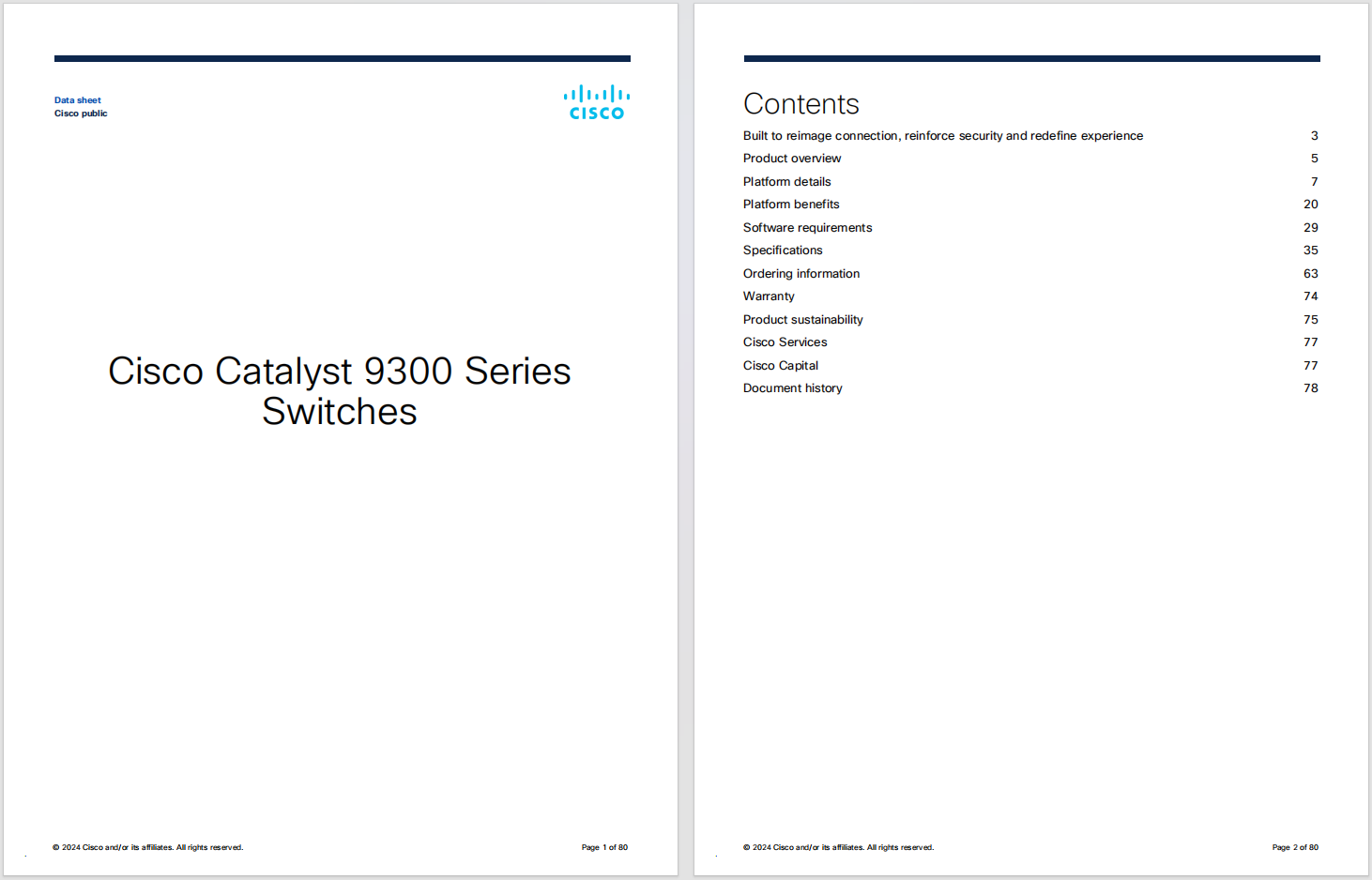



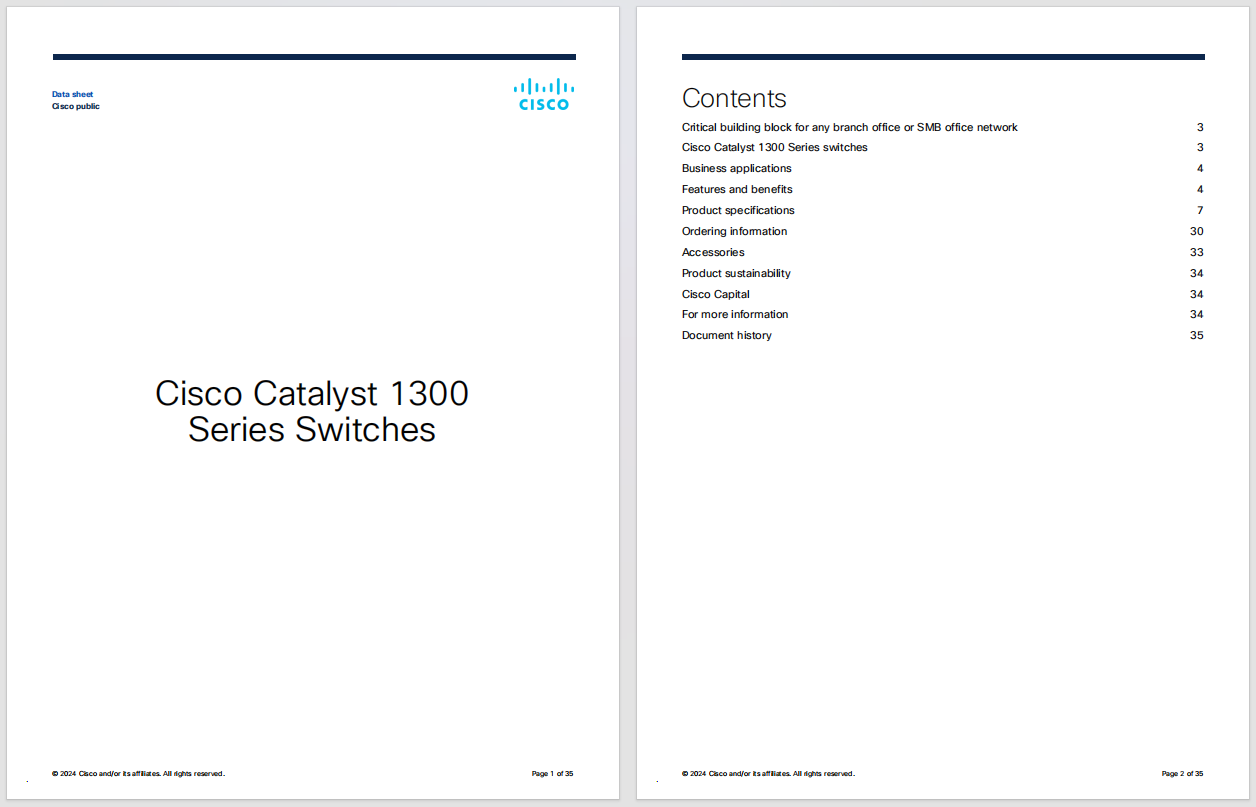





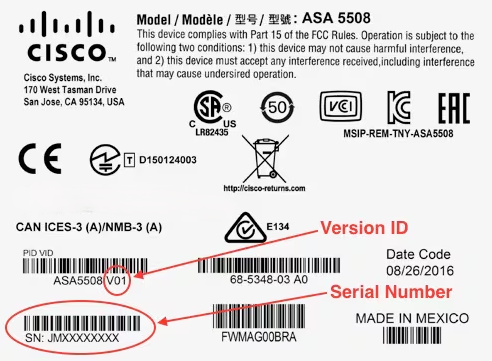




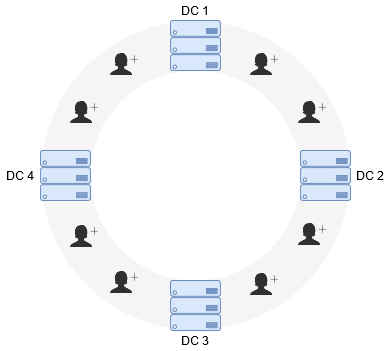



While earlier generations of cellular technology (such as 4G LTE) focused on ensuring connectivity, 5G takes connectivity to the next level by delivering connected experiences from the cloud to clients. 5G networks are virtualized and software-driven, and they exploit cloud technologies. New use cases will unlock countless applications, enable more robust automation, and increase workforce mobility. Incorporating 5G technology into these environments requires deeper integration between enterprise networks and 5G network components of the service provider. This exposes enterprise owners (including operators of critical information infrastructure) and 5G service providers to risks that were not present in 4G. An attack that successfully disrupts the network or steals confidential data will have a much more profound impact than in previous generations.
5G technology will introduce advances throughout network architecture such as decomposition of RAN, utilizing API, container-based 5G cloud-native functions, network slicing to name a few. These technological advancements while allowing new capabilities, also expand the threat surface, opening the door to adversaries trying to infiltrate the network. Apart from the expanded threat surface, 5G also presents the security team with an issue of a steep learning curve to identify and mitigate threats faster without impacting the latency or user experience.
Virtualization and cloud-native architecture deployment for 5G is one of the key concerns for service providers. Although virtualization has been around for a while, a container-based deployment model consisting of 5G Cloud Native Functions (CNFs) is a fresh approach for service providers. Apart from the known vulnerabilities in the open-source components used to develop the 5G CNFs, most CNF threats are actually unknown, which is riskier. The deployment model of CNFs in the public and private cloud brings in another known, yet the widespread problem of inconsistent and improper access control permissions putting sensitive information at risk.
5G brings in network decomposition, disaggregation into software and hardware, and infrastructure convergence which underpins the emergence of edge computing network infrastructure or MEC (Multi-Access Edge Compute). 5G Edge computing use cases are driven by the need to optimize infrastructure through offloading, better radio, and more bandwidth to fixed and mobile subscribers. The need for low latency use cases such as Ultra-Reliable Low Latency Communication (URLLC) which is one of several different types of use cases supported by 5G NR, requires user plane distribution. Certain 5G specific applications and the user plane need to be deployed in the enterprise network for enterprise-level 5G services. The key threats in MEC deployments are fake/rogue MEC deployments, API-based attacks, insufficient segmentation, and improper access controls on MEC deployed in enterprise premises.
5G technology will also usher in new connected experiences for users with the help of massive IoT devices and partnerships with third-party companies to allow services and experiences to be delivered seamlessly. For example, in the auto industry, 5G combined with Machine Learning-driven algorithms will provide information on traffic, accidents and process peer to peer traffic between pedestrian traffic lights and vehicles in use cases such as Vehicle to Everything (V2X). Distributed Denial of Service (DDoS) in these use cases are a very critical part of the 5G threat surface.
Critical infrastructure protection:Ensure your critical software, technologies, and network components such as Home Subscriber Server (HSS), Home Location Register (HLR), and Unified Data Repository (UDR) are secured with the right controls.
Cisco Secure Development Lifecycle:Being cloud-native and completely software-driven, 5G uses open source technologies. Although this is critical for scalability and allowing cloud deployment integrations, vulnerabilities from multiple open-source applications could be exploited by attackers. To reduce the attack surface, service providers need to verify the 5G vendor-specific secure development process to ensure hardened software and hardware. We offer security built into our architectural components. Our trustworthy systems
 Hot Tags :
5G
Service Provider
Featured
4G LTE
xhaul
Security Gateway
Cisco Tetration
Cisco Secure Workload
stealhwatch
Hot Tags :
5G
Service Provider
Featured
4G LTE
xhaul
Security Gateway
Cisco Tetration
Cisco Secure Workload
stealhwatch